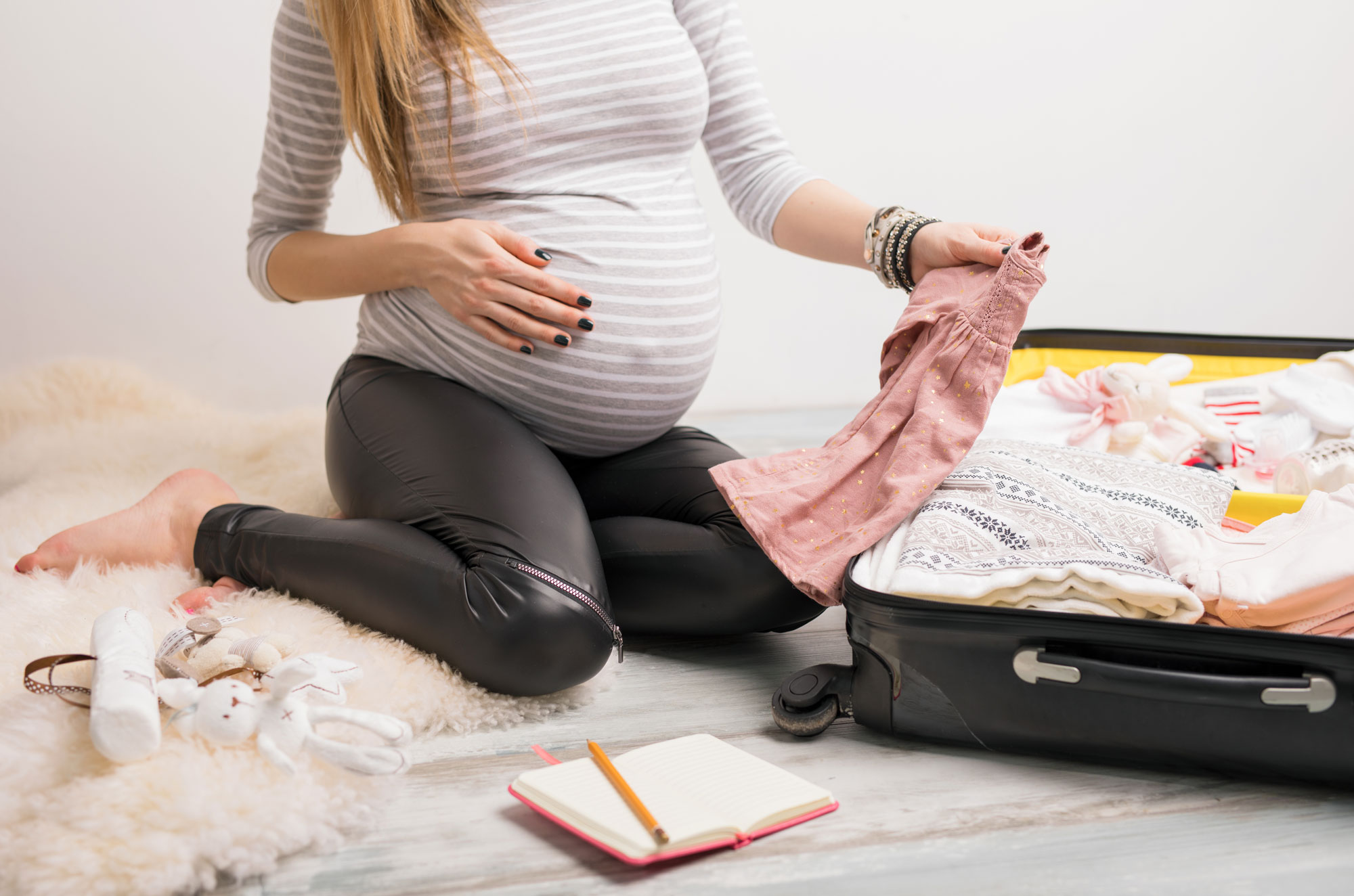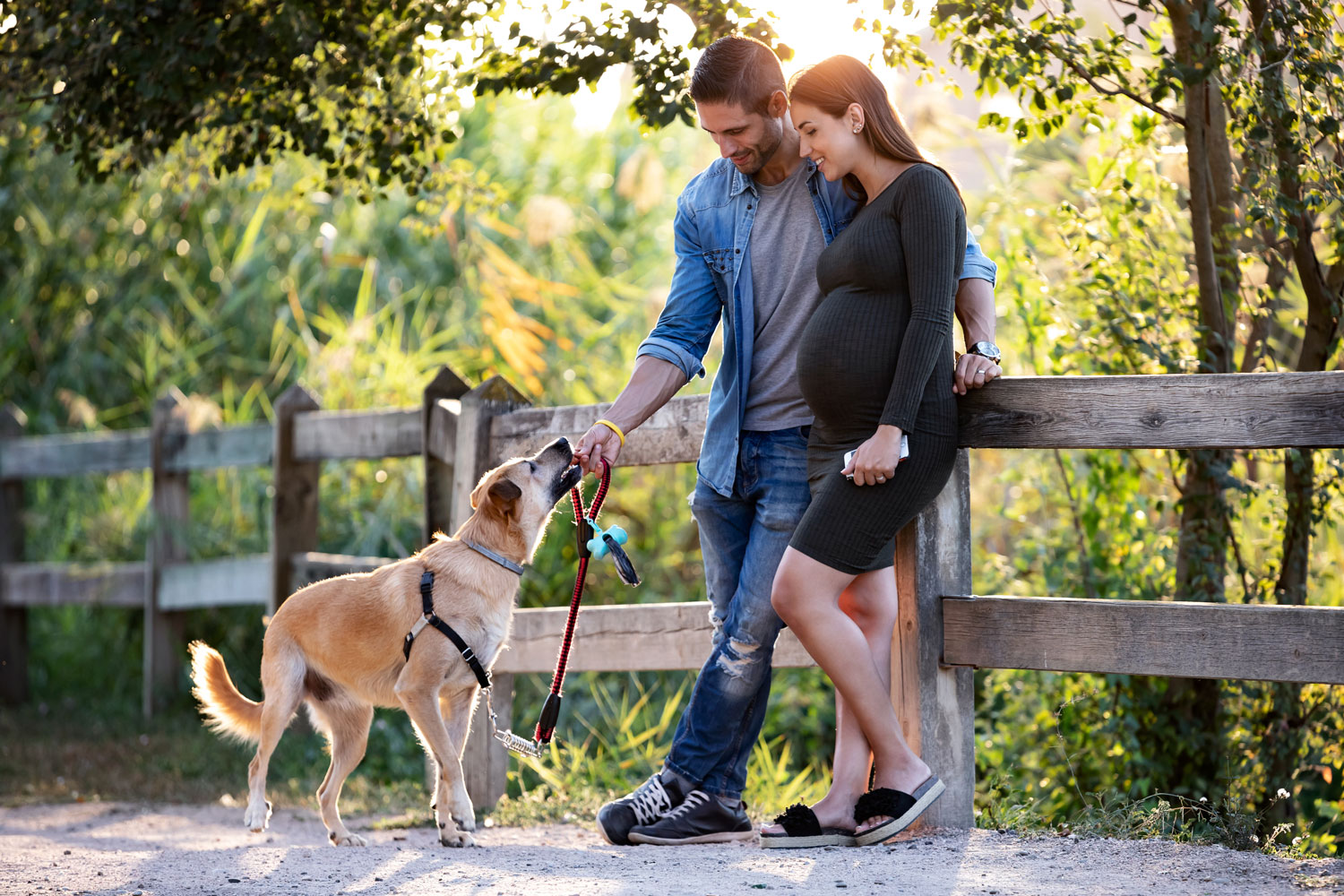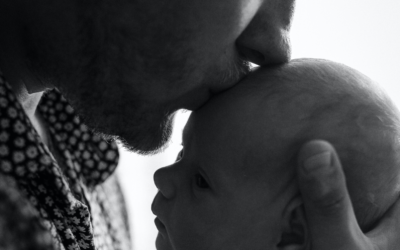
A newborn baby’s skin is very fragile and delicate, as it can take up to a year to form the protective acid mantle of healthy adult skin. Baby’s skin is also 20-30% thinner so is particularly sensitive to drying, rashes, and reactions to skincare products (especially ones containing alcohol or fragrance – like many popular brands of baby wipes!) Only use these in an emergency or when you are out.
In utero, the baby is covered with a thick, white substance called vernix, which protects their skin. After birth, it is helpful to try and leave the vernix to soak in before you bath baby, as it is wonderfully moisturising. When washing baby we often recommend using just water or adding a few drops of a natural oil ie coconut to the bath. While most babies love having a bath, it is not necessary to bathe baby every day, 2 or 3 times a week is fine to help balance the need for cleansing against the preservation of the baby’s natural skin barrier.
You may find that your baby’s skin gets very dry and starts to peel in the first couple of weeks. We call this “skin shedding” as the skin that has been soaking in the amniotic fluid while in utero peels off and reveals the new layer of skin underneath. This is a very normal part of newborn life. Making sure to keep the baby’s skin moisturised with natural oil, not mineral oils as you want the oil to be able to penetrate the skin barrier and encourage the newly-forming skin as well. Sweet almond oil, coconut oil, avocado, or olive oil are all excellent choices for massaging into baby’s skin for extra hydration, and babies often love a good massage, especially after a bath when their skin is warm and soft. You may even find they sleep better afterwards!
Many babies also develop a newborn skin rash known as “Erythema Toxicum Neonatorum” in the first few days of life. This is sometimes known as a “newborn hormone rash” and is very normal and does not cause any harm to the baby’s skin. It often affects the baby’s face and body, as well as arms and legs. It presents as red patches with small bumps called papules, which appear all over the body and come and go. No treatment is required for this newborn rash, just keep it clean with water and make sure you dry baby carefully after a bath, particularly in the creases – neck, groin, and thigh creases often get missed.
One area of baby’s skin that often proves problematic is the nappy area, as perianal dermatitis or “nappy rash” usually affects most babies at some point in their life. The nappies we use today are very absorbent and only the ones with the soft paper outsides are more breathable, meaning that the skin of the baby’s bottom has urine and stools sitting against the skin, and no air getting in. One way to prevent nappy rash is to allow the baby to have some time every day with their nappy off, allowing sunlight onto the area if possible. Lying baby in a safe space in front of a window for ten minutes every day helps to allow the area to dry out and the skin to breathe – but make sure they are on a change mat or towel as they will likely pee everywhere! This actually can be quite a relaxing time for you and baby especially after they become more alert and its ok for them to have floor time (about 3 weeks).
I think it is better to avoid the problems than having to treat them so that’s why I suggest setting up your change table with a plastic container for the water and some Muslins or soft cloths and just use water when changing your baby’s nappy. if you also dry their bottom before putting a new nappy on you don’t necessarily need to use creams at all.
If your baby’s bottom does become red there, are many things on the market so always make sure it has zinc and a barrier oil, or beeswax as that will protect the skin while it is healing. I find the old fashioned zinc and castor oil available from the supermarket as a really good basic treatment and of course spending time with the nappy off.
Wash linen or anything that touches the baby’s skin in very mild products. To minimize using very strong chemicals, remember the sun naturally bleaches clothes, especially whites. If you are using reusable nappies these can be soaked overnight in tea tree oil and rinsed in the washing machine and put out in the sun to bleach.
Always be mindful if you or your partner have a family history of asthma/eczema watch for your baby having similar skin.
Watch my newborn bathing video below.
Libby x



